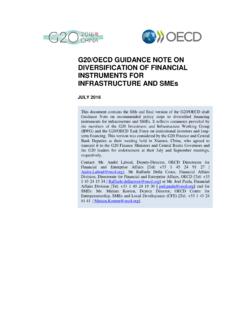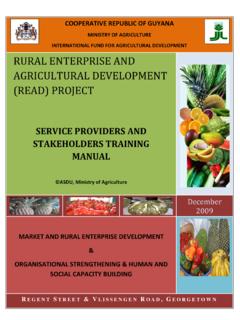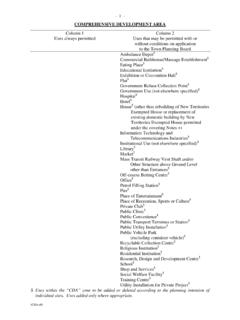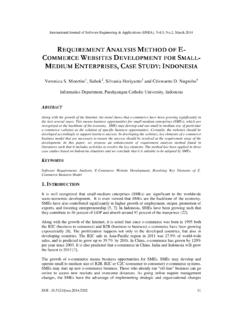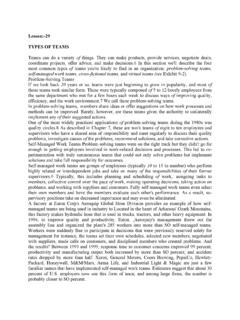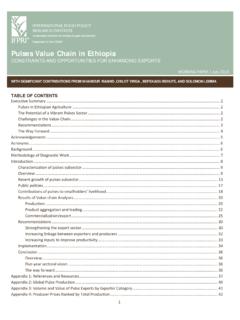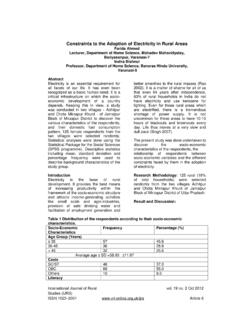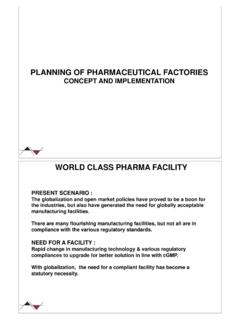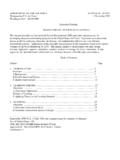Transcription of Success Stories and Lessons Learned: Country, …
1 overcoming constraints TO THE financing OF INFRASTRUCTURE Success Stories and Lessons Learned: Country, Sector and project Examples of overcoming constraints to the financing of Infrastructure1 January 2014 1 Prepared by the Staff of the World Bank Group for the G20 Investment and Infrastructure Working Group, February 2014 I. KEY MESSAGES .. 1 II. OVERVIEW .. 2 III. COUNTRY / SECTORAL APPROACHES .. 6 A. BRAZIL: Lessons FROM BRAZILIAN HIGHWAYS .. 6 B. INDIA S INFRASTRUCTURE DEBT FUND .. 8 C. TEN YEARS OF WATER PPPS: AN OVERVIEW .. 10 D. RUSSIA: Lessons FROM PPP IMPLEMENTATION IN SAINT PETERSBURG .. 11 IV. A FRAMEWORK FOR PUBLIC-PRIVATE PARTNERSHIPS .. 12 A. ECONOMICS .. 14 B. POLITICS.
2 14 C. EXECUTION .. 15 V. CONCLUSIONS .. 18 A. LESOTHO: NATIONAL REFERRAL HOSPITAL / HEALTH .. 19 B. COLOMBIA: RUTA DEL SOL / ROADS .. 20 C. ROMANIA: BUCHAREST WATER AND SANITATION (RGAB) / WATER .. 22 D. BENIN: PORT OF COTONOU / PORTS .. 24 Figures Figure 1: PPP Market Maturity Concept .. 4 Figure 2: Framework for Building Successful PPPs .. 13 Boxes Box 1: Questions to Reveal Red Flags .. 17 Annexes Annex 1: Individual project Case Studies .. 19 Annex 2 References .. 26 1 I. KEY MESSAGES i. Developing a successful PPP program is a complex undertaking and involves a number of key challenges for developing countries. In order to establish an environment conducive to PPPs, governments are required to take a number of steps, briefly described below, all of which are important building blocks to the establishment of a credible PPP program.
3 Ii. At the very basic level, investments designated for PPP arrangements need to be fit with a country s growth and development strategy. PPP projects that are anchored in a fully-fledged, public national investment program provide greater assurances to investors of political buy-in and that economic fundamentals have been prioritized. iii. Legal and regulatory frameworks for PPP must provide adequate protection and obligations for all parties involved in a PPP arrangement--government, investors and lenders alike--in particular in light of the long-term nature of infrastructure projects and the need to adapt to changes throughout the lifecycle of a PPP project iv. Institutional framework must provide the support and incentives for proper PPP implementation, with viable coordination between the different parts of government involved.
4 The institutional framework needs to drive proactive PPP development, while providing sufficient time to prepare PPP projects. But perhaps more fundamentally, efforts are needed to improve the underlying investment climate, including the transparency and predictability of the regulatory regime. v. Once good projects are selected, sound project structuring is needed, including adequate risk allocation, measurable performance indicators, and flexibility to adapt to change. project structuring requires experienced, sophisticated transaction advisers, which can be expensive. However, failure to buy in the best advisers is usually far more costly, with failed or overly expensive projects resulting. vi. A clear trend that has emerged over the last years, underscores the need for new, long-term investors to participate in infrastructure funding.
5 To date, debt financing by banking sector has contracted in many regions. As a result, the market is looking to mobilize financing from new types of investors who are well capitalized and seeking longer-term returns. vii. Finally, major successes in the area of infrastructure PPP projects require perseverance and long-term commitment by governments to achieve a meaningful paradigm shift. It takes an extended period of time for private operators to buy into PPP model and even much longer for projects to result in improved services at lower cost to the government. 2 II. OVERVIEW 1. Traditional sources of infrastructure finance have been constrained since the financial crisis. In many parts of the developing world, public budgets - the largest contributor of infrastructure finance - have not recovered from the last financial crisis, exacerbating the gap in the market for infrastructure finance.
6 Bank debt financing remains below pre-crisis levels as the banking sector redefines its risk appetite and makes structural adjustments in anticipation of statutory requirements such as Basel III and national-level regulations. Similarly, the International Financial Institutions (IFIs) are facing capital constraints that are forcing them to decrease their commitments substantially since the ramp-up in 2009 and 2010. IFIs have tended to finance about 10 percent of the developing world s infrastructure investments or 5 percent of total Reinvigorating the supply of infrastructure within the developing world requires supplementing traditional sources of official finance with new sources of equity and debt finance.
7 It means pairing existing instruments with innovative tools, such as MDB guarantees, to reduce risks, lower the cost of sovereign borrowing, extend tenors, and strengthen market and project environments. On this menu, public-private partnerships (PPPs) represent one of the many promising instruments to meet the challenge of crowding finance in. 2. In most parts of the world, governments have traditionally shouldered the lion s share of infrastructure investment with tax revenues. Over the last decade urbanization and fiscal decentralization have shifted much of the responsibility for infrastructure and utility investment to local governments. However, fiscal transfers and local tax revenues have not grown commensurately with the increased responsibility vested in local authorities, and for most cities in the developing world revenues from basic service provision fail to recover costs.
8 For example , in water supply and sanitation, only eight out of twenty large cities in India recover operations and management costs through user fees. None recover capital expenditure let alone depreciation. Underinvestment and the continued dependence on state and national transfers remains the norm for urban infrastructure throughout the developing world. In addition, jurisdictional issues exacerbate the complexity of planning and financing for municipal projects, which often cover multiple jurisdictions. Government capacity limitations in the design, monitoring and enforcement of contracts are often most acute at local levels. 3. The last 10 years have seen a rise of PPPs in developing economies as a means of crowding in investment and expertise from the private sector.
9 Looking at the broader picture of private sector investments in developing countries, private capital has contributed between 15 and 20 percent of total investment in infrastructure during that PPPs are back on the rise in the aftermath of the 2008 global financial crisis: PPP investments peaked initially in 1997 at $60 billion, falling to only $30 billion per year on average during FY02-06; they subsequently increased to $79 billion per year during PPPs have now spread across the globe: 134 developing countries implemented new PPP projects in infrastructure between 2002 and 2011. Bhattacharya A, Romani M, and Stern N (2012), Infrastructure for Development: Meeting the Challenge, CCCEP, LSE and G-24 Policy Paper.
10 Delmon, Gassner, Kacaniku, Baghat (2010), Overview of PPPs in Infrastructure in Developing Countries, Background Note for G20 Seoul Meeting. World Bank Private Participation in Infrastructure (PPI) project Data Base, cited in IEG Evaluation of WBG s Support for PPPs (2013). 3 Although initially restricted to infrastructure, PPPs have increasingly moved into the provision of social infrastructure, such as schools, hospitals, and health services. 4. Conceptually, PPPs are an instrument to respond to market failures while minimizing public sector short-comings as a service provider. As a general rule, private ownership is to be preferred where competitive market prices can be established. Under such circumstances, the private sector is driven by the discipline of the market.

